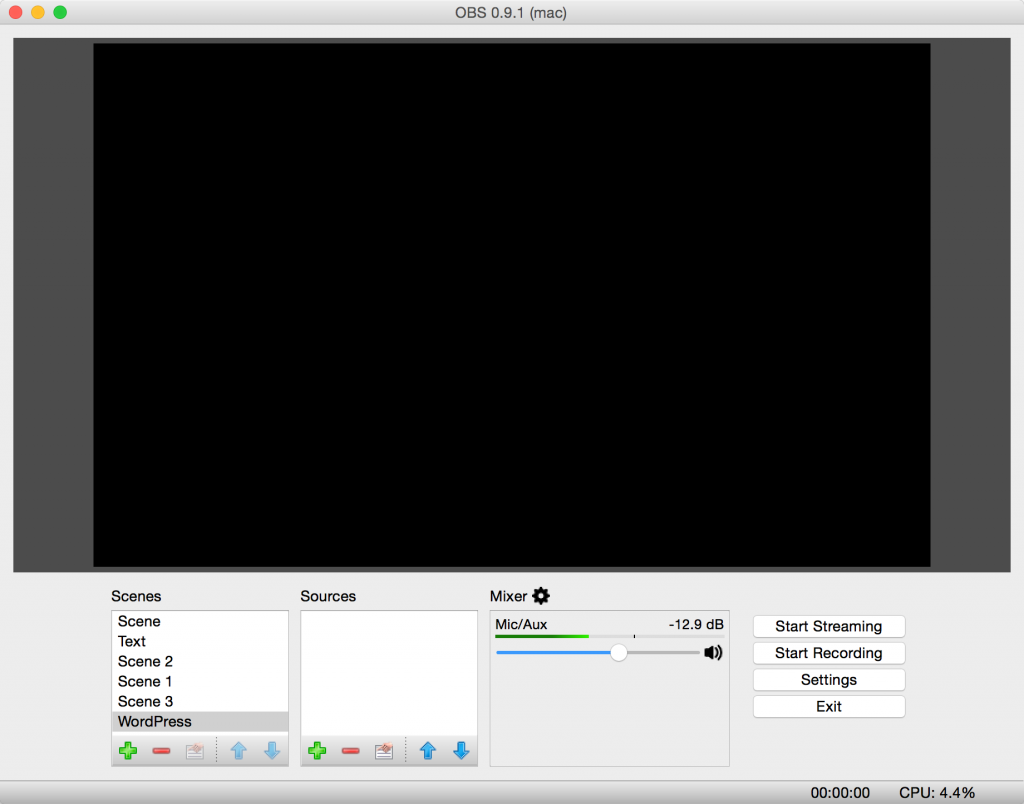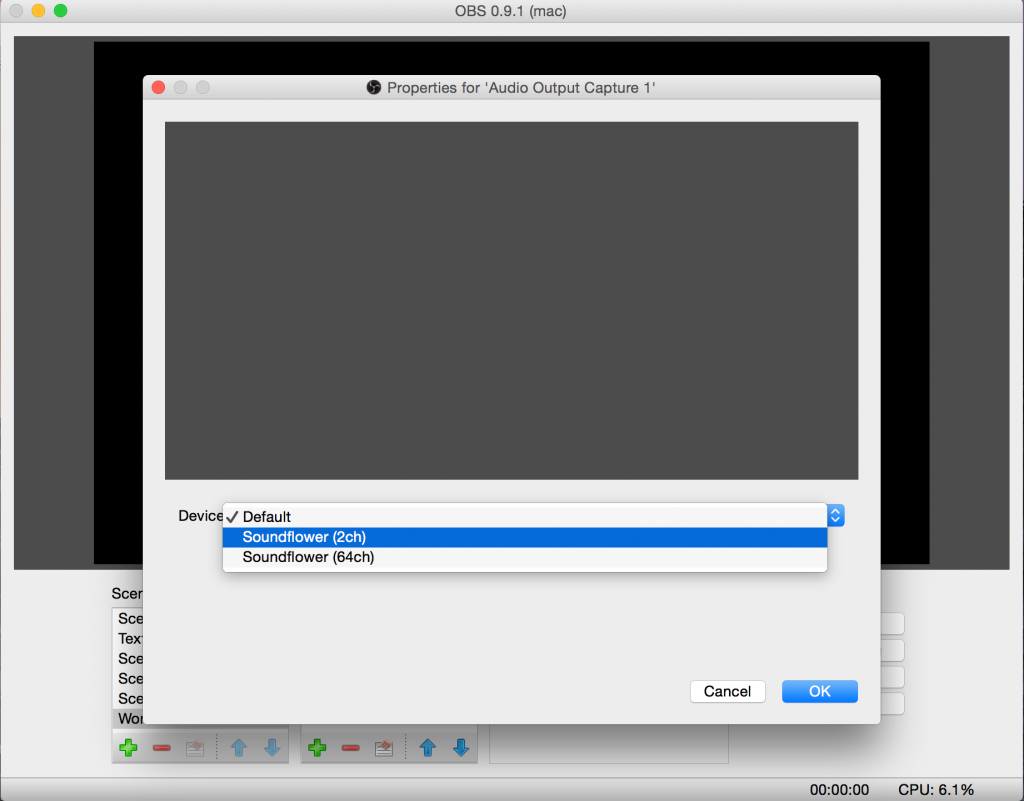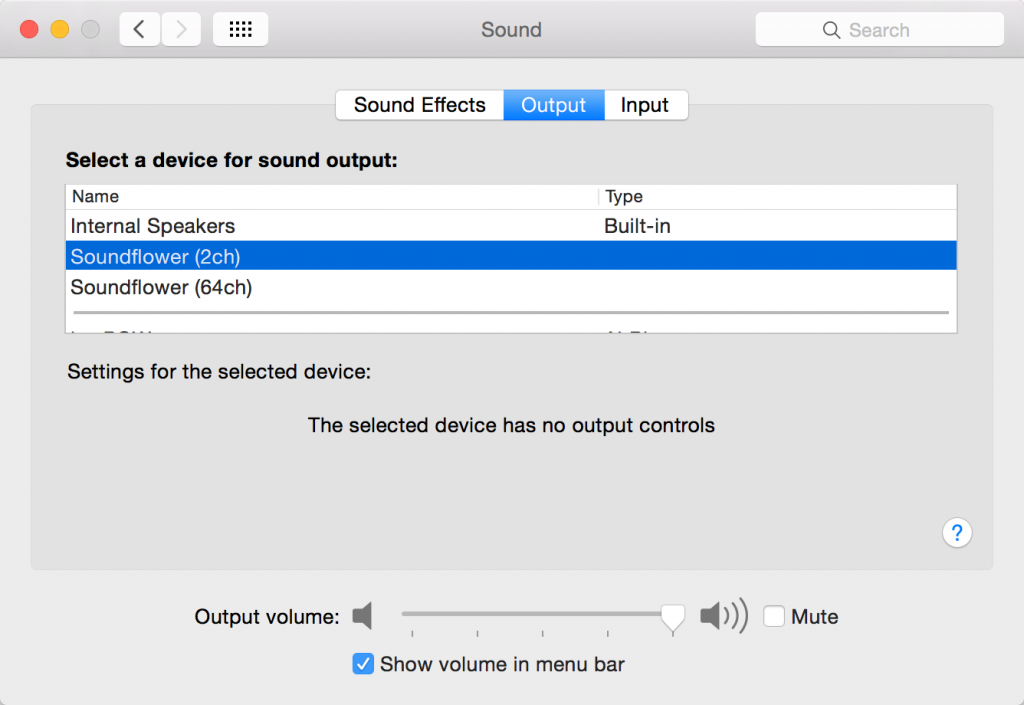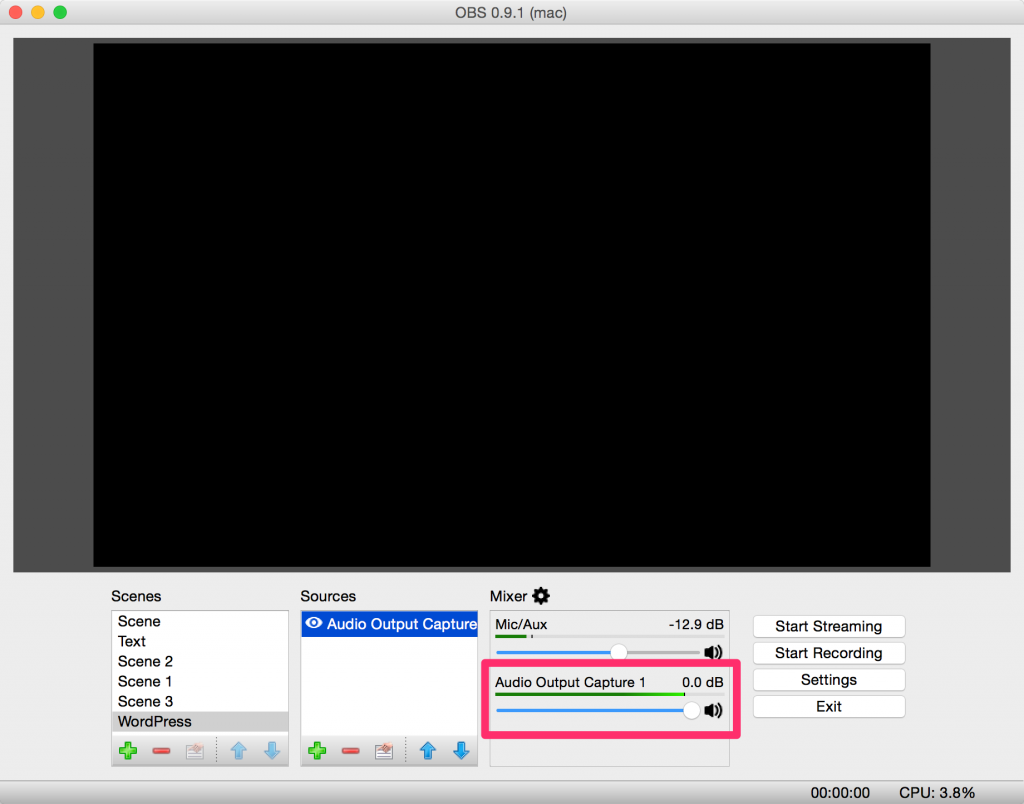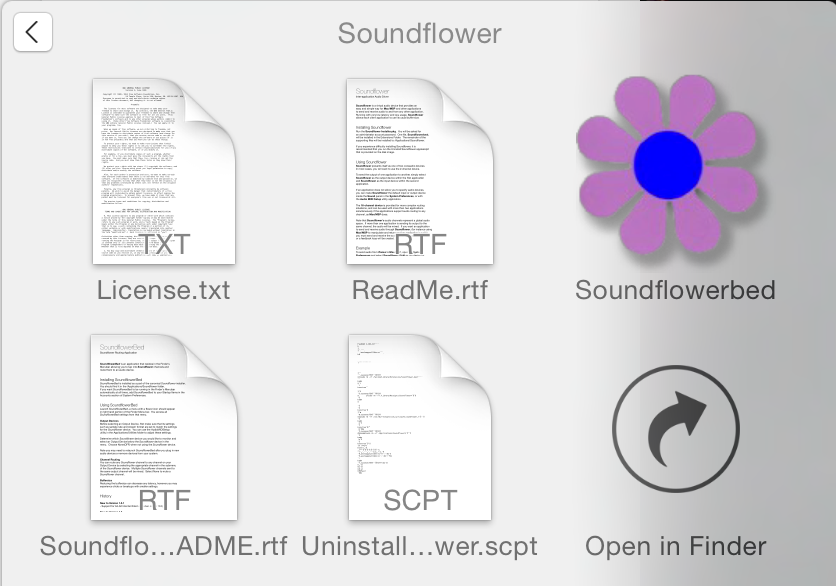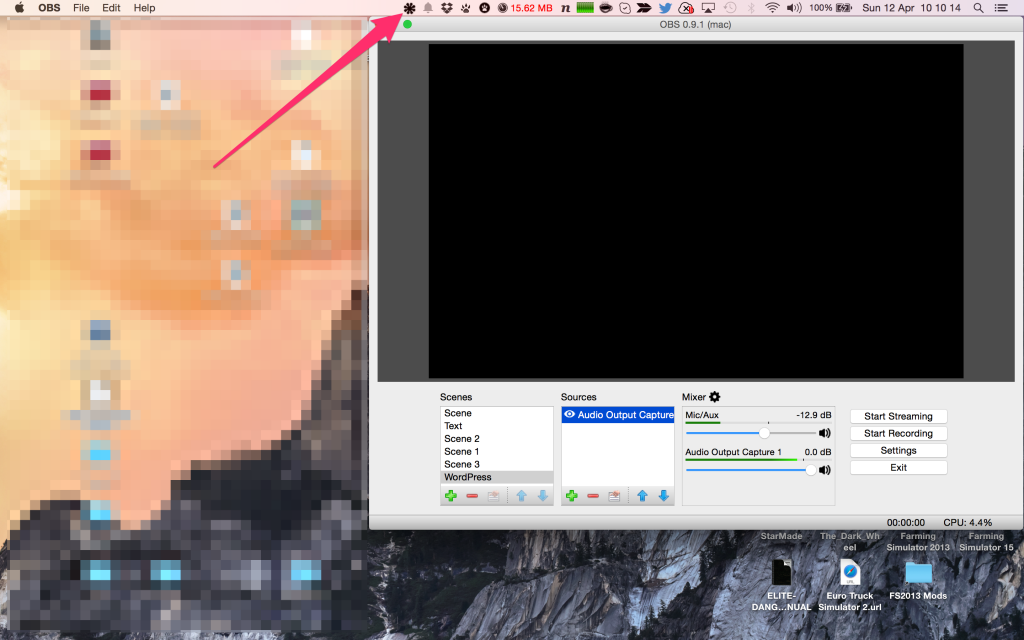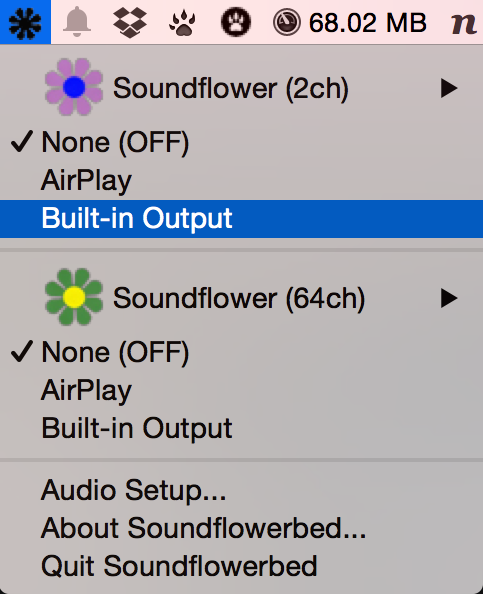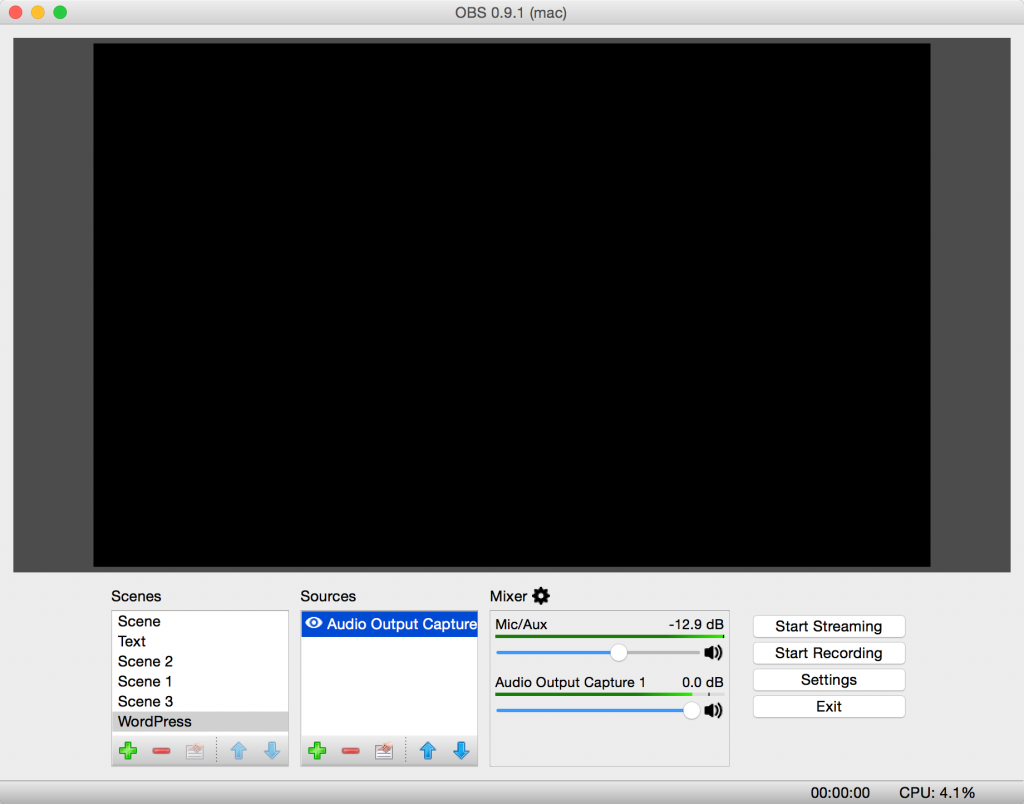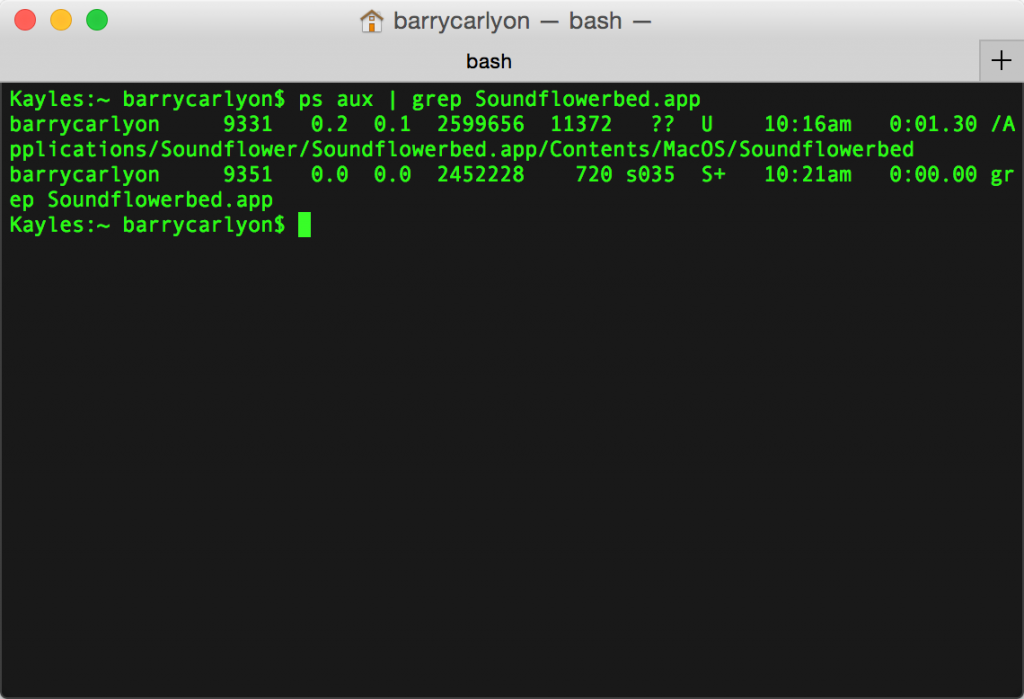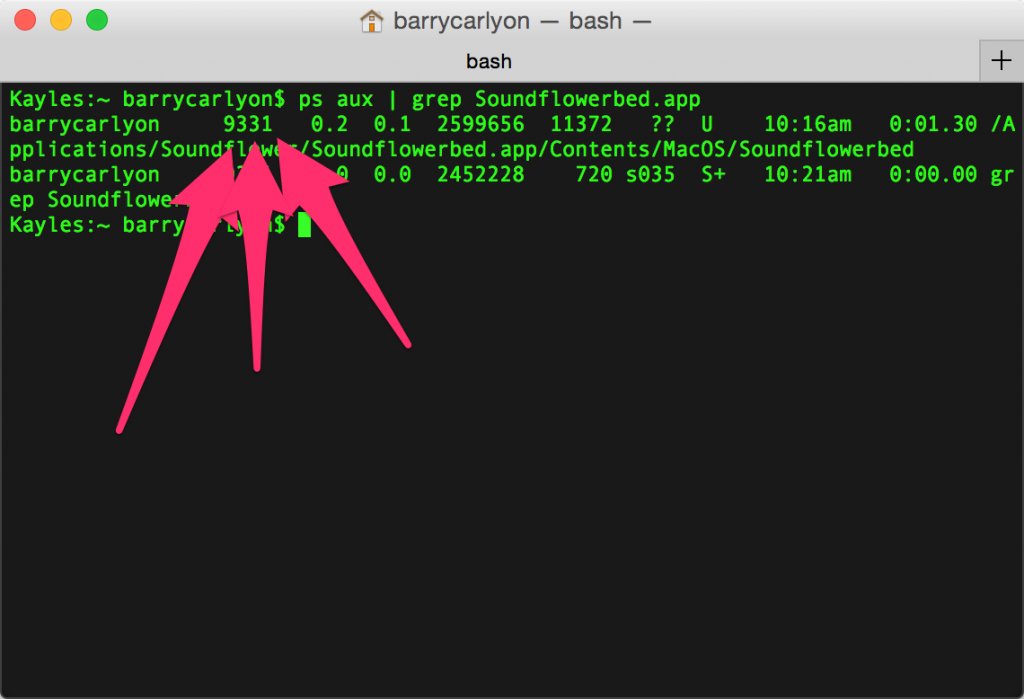Preamble
In the beginning, Twitch created Webhooks. And the world rejoiced, finally we no longer have to long poll for things such as followers! Hurrah! But it came with a gotcha, since Twitch Webhooks is based on the Websub specification, each and every Webhook you wanted to listen to had to be renewed, now this is limited to 10 days (max) or the time remainging on the Token you authenticate with (when asking to listen to priviledge topics such as subscribers), which generally meant you had to remake certain subscriptions every 4 hours, after of course renewing the token with the refresh token. Since the maximum length of a Twitch user token is 4 hours. (Implicit tokens use 60 days, but you can’t refresh those).
This wasn’t a good solution for developers, since it creates siginificant load, and “wasting” of your rate limits with Helix. Even more so when working with multiiple streamers.
Twitch has acknowledged this as a problem, which leads us to the new product of EventSub.
Aside from ignoring the need to remake your subscriptions periodically, EventSub also doesn’t need a correspoding Helix endpoint to exist for the topic you wish to listen on (this also means a different format for the data payloads), and means EventSub can make new topic types without waiting for Helix to create the endpoint first.
So, now onwards to the meat of this post!
EventSub, hows does it work?
The long and short of it, is that everything is sent via HTTP Post requests, to your SSL protected endpoint.
Unlike Webhooks, Eventsub only authenticates using App Access Tokens (for server to server requests), but how does this work when you are attempting subscribe to a channels new Subscribers topic, or the Ban/timeout events topics?
Authentication
Well, when you make a subscription request to EventSub, Twitch looks at your App Access token, then checks in the background if the requested broadcaster has connected to your Application at any point, with the relevant scopes, and not revoked that connection.
So, it’s a “two legged” approach to authentication. But means that you, the developer, don’t need to store the broadcasters access or refresh tokens, after they have authorised. though you generally would in order to perform “catch up” if your application goes offline/restarts for any reason.
Infrastructure
So to utilise EventSub, you need to create a portal that allows broadcasters to grant access to your Application to their account with the relevant scopes, using “regular” User Authentication.
Then on authentication you check/create eventsub subscriptions as needed, using your App Access Token. You should also store and use the returned User Acces token for use on catchups
And you need a server that can recieve HTTP Posts from Twitch for verification of the connection and accepting data payloads. (Generlly here you’ll HTTP 2xx OK as quickly as possible and send the data into background processes.
TLDR: for example if you can call Get Broadcaster Subscriptions (at the moment you obtained the Access Token) then your ClientID can subscribe to the channel.subscribe EventSub.
Summary
Hopefully this should help out anyone that is new to EventSub or getting involved with the Twitch Channel Points Hackathon.
The Twitch #ChannelPointsHackathon begins today!
👨💻 👩💻 👨💻 👩💻 👨💻 👩💻 👨💻 👩💻Since we launched the Channel Points API, the community has been asking for a coding competition. And now the wait is over. We look forward to your creative and innovative projects! https://t.co/JJRTpx46Xq pic.twitter.com/AHhOtimkYn
— TwitchDev (@TwitchDev) February 1, 2021
Since many people may look at EventSub to recieve new Channel point redemptions but might trip up over the initial authentication setup.
There are a number of examples on my GitHub that might help, but if you need any further help, please join us on the TwitchDev Discord Server!
Just thought I would write up this post with a ramble of notes on how EventSub Authentication works, since theres gonna be a spike in people asking and probably getting stuck if they are new to working with Twitch.
